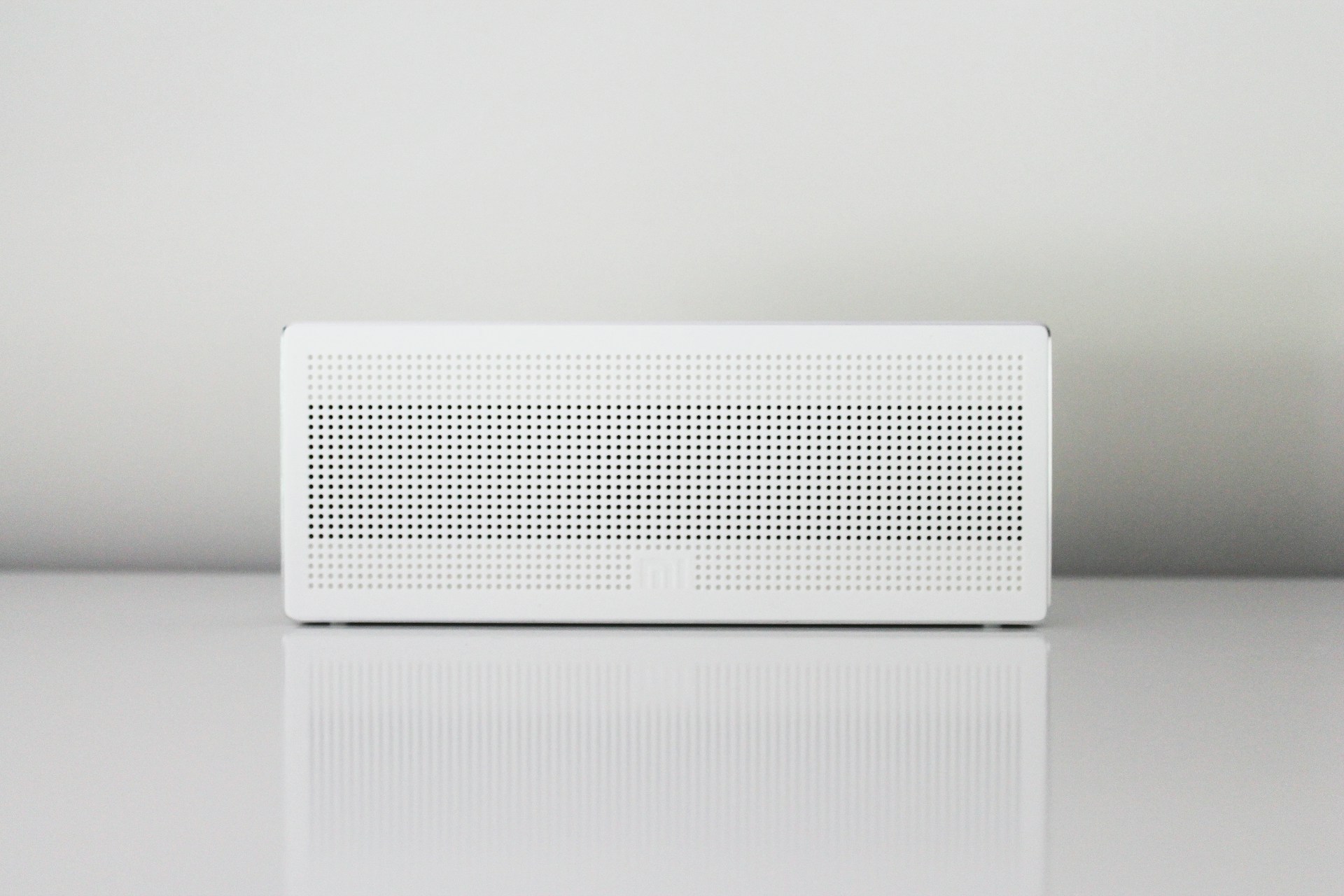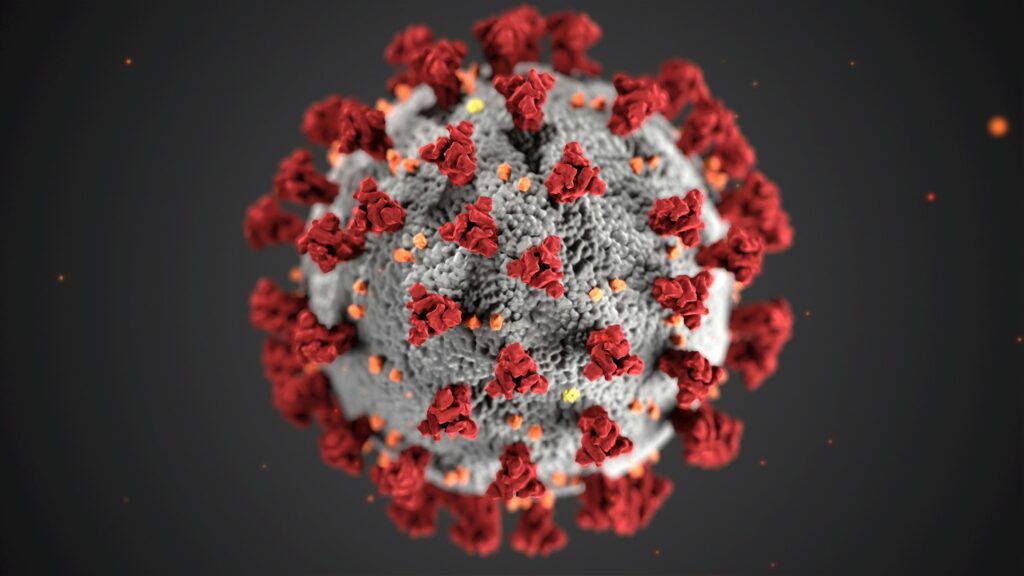Researchers at Fordham University, led by Professor Chris Koenigsmann, are researching a way to create an air filtration system that would not release harmful byproducts when filtering/ cleansing air. They have done this by improving upon traditional photocatalytic oxidation (PCO) systems, which, while effective in removing contaminants like viruses, can also release toxic substances such as formaldehyde into the air.
Chemistry professor Chris Koenigsmann, is experimenting with a number of catalysts, including zirconium, which has had positive results in past tests in reducing such byproducts by increasing the efficiency of the filtration process.
As Professor Koenigsmann explains,
“The current systems we have, while effective in removing contaminants like COVID-19, can also introduce toxic chemicals into the air.”
By studying different catalysts, the team is able to make improvements over the traditional air filtration technology. Notably, zirconium has shown promise in increasing the filtration system’s efficiency.
“Zirconium was effective in increasing the band gap, which helps in the breakdown of air contaminants, and showed consistent results,”
said Jack Loughney, a student researcher on the project. However, other materials, like vanadium, have proven more challenging to work with.
The research is a joint project between Fordham’s chemistry department and the New York College of Technology, where Dr. Lukasz Sztaberek, an HVAC expert, collaborates with Koenigsmann.
“We had this sort of joint idea that we could take my expertise in catalysis and his expertise in HVAC engineering and merge those to solve a problem.”
Koenigsmann notes. This multidisciplinary approach is one of the project’s strengths, allowing the team to develop a filtration system that both effectively cleans the air and avoids releasing harmful byproducts
Other Universities and projects are underway to improve the way in which we currently cleanse air. Researchers at MIT, for instance, have developed a new hybrid material using silk and cellulose nanofibrils to remove persistent “forever chemicals” like PFAS from water sources.
While these systems are still in the experimental phase, their development signals the shift in industry and the markets for cleaner air and water, addressing both health and environmental challenges. We can tank the increase regulation and targets governments are imposing along with a change in consumer wants and buying habits. With further testing, it’s possible these technologies could soon find their way into everyday use.

Hassan graduated with a Master’s degree in Chemical Engineering from the University of Chester (UK). He currently works as a design engineering consultant for one of the largest engineering firms in the world along with being an associate member of the Institute of Chemical Engineers (IChemE).



